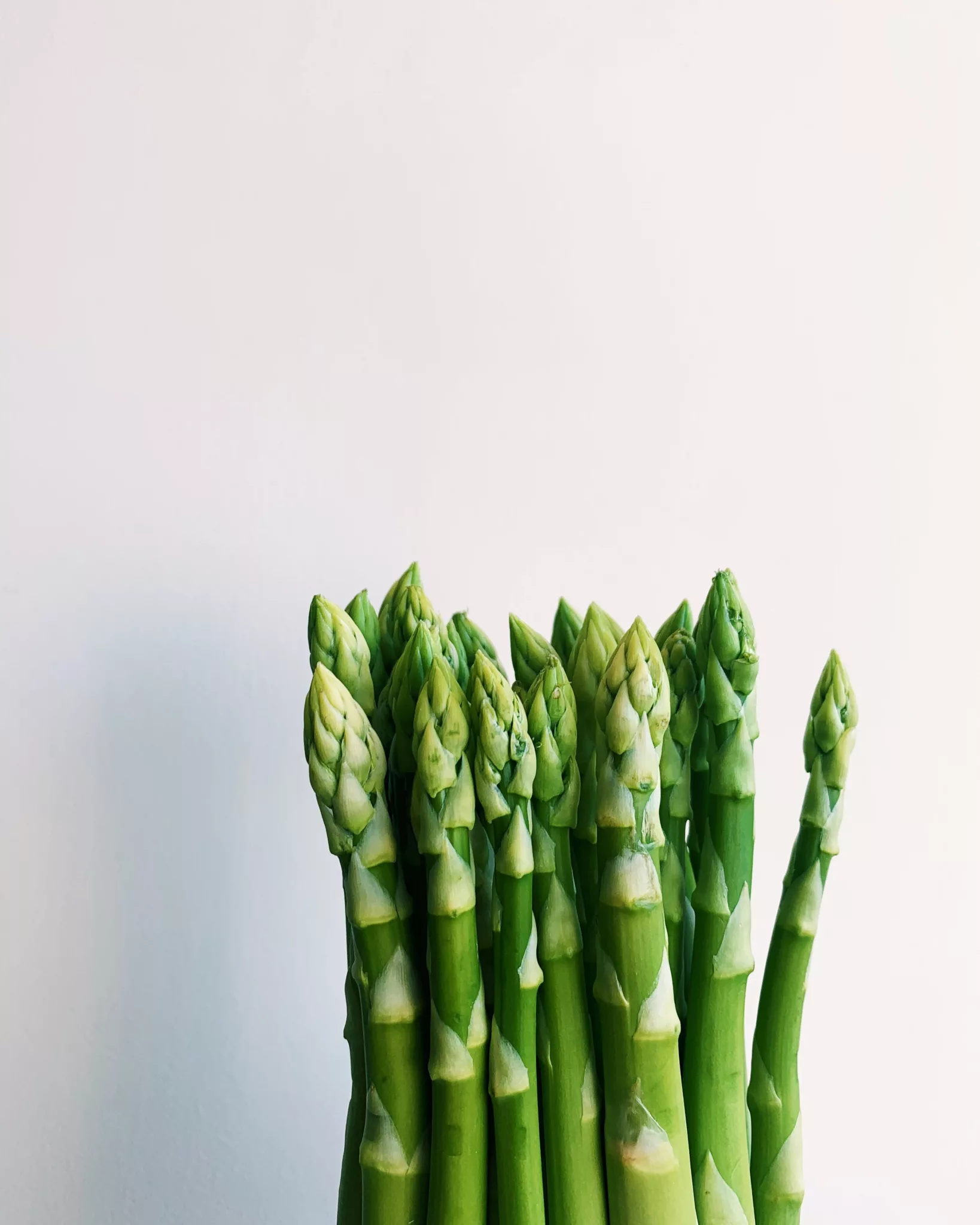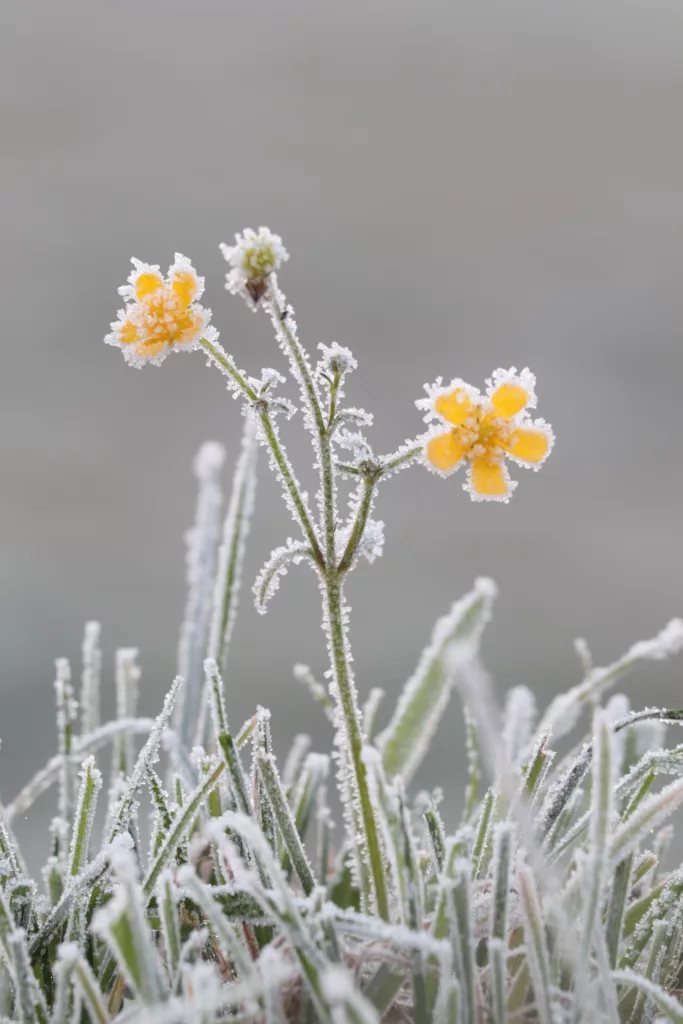Asparagus
Asparagus officinalis
History:
Asparagus is a perennial that can live in your garden for up to 20 years ushering in spring with its tender, sweet shoots. It has been enjoyed by many civilizations throughout history dating back to 3000 B.C. It is first documented as being cultivated in the mediterranean region with tombs in Egypt containing asparagus on their walls. Since then, the crop has spread around the world where it is enjoyed as one of the first harvests after the winter season.
Seeding:
Asparagus can be grown from seed, but home gardeners usually buy year old plants, or crowns, to start with. The reason is, if started by seed, it can take up to three years before a harvest of spears is recommended.
For crowns, plant at the end of Winter, by March 1. Dig holes 8 inches deep and up to 18 inches wide to accommodate the roots. Place the crown in the center and spread out the roots before covering with soil. When covering with soil, only cover with a few inches of soil leaving some space before ground level. Once shoots emerge above ground level, backfill with soil until level with surrounding ground. Some recommend soaking crowns before planting, but I have never done this and my crowns have done well.
Spacing:
3’ in rows 5’ apart.
Cultivation:
Asparagus likes to be mulched and weed free. The first two years after planting your crowns are critical. It requires average but steady waterings. In periods of low rain amounts, be sure and water crowns to ensure the soil doesn’t dry out. Side dressing plants with an organic fertilizer in the spring and early fall is welcomed and a good way to get your plants off to a great start. In late fall, the asparagus tops will turn brown and die back and will need to be cut back to ground level.
Harvest:
If planting seeds, wait at least 3 years before harvesting. If planting crowns wait at least 2 years. You will be rewarded with healthy strong plants that can sustainably be harvested for many years to come. Once plants are ready to be harvested, cut shoots with a sharp knife at ground level once they are 8-10 inches long. Check daily for viable shoots, as they tend to grow fast. Longer shoots tend to get woody and much less tender. Shoot diameter should be between .25” and .5”. Once shoots are the diameter of a pencil, stop harvesting. DO NOT cut all shoots down as this will severely set your plant back. The remaining shoots should be grown out and allowed to grow all year. Each winter, cut back the dead growth to ground level.


